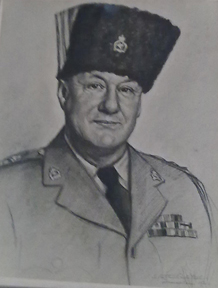
General Sir Michael David Jackson, is a retired British Army officer and one of its most high-profile generals since the Second World War. Originally commissioned into the Intelligence Corps in 1963, he transferred to the Parachute Regiment in 1970, with which he served two of his three tours of duty in Northern Ireland. On his first, he was present as an adjutant at the events of the Ballymurphy massacre (1971), where eleven unarmed civilians were shot dead by British troops, and then at Bloody Sunday in 1972, when British soldiers opened fire on unarmed protesters, killing fourteen. On his second, he was a company commander in the aftermath of the Warrenpoint ambush (1979), the British Army's heaviest single loss of life during the Troubles. He was assigned to a staff post at the Ministry of Defence (MoD) in 1982 before assuming command of the 1st Battalion, Parachute Regiment, in 1984. Jackson was posted to Northern Ireland for the third time, as a brigade commander, in the early 1990s.
General Sir Roger Neil Wheeler, is a retired British Army officer who served as Chief of the General Staff from 1997 to 2000. During his career he was involved in the Cyprus Emergency, directed military operations in Northern Ireland and led the UK's forces deployed on NATO operations in Bosnia. He is now a non-executive director of several businesses operating on an international basis.
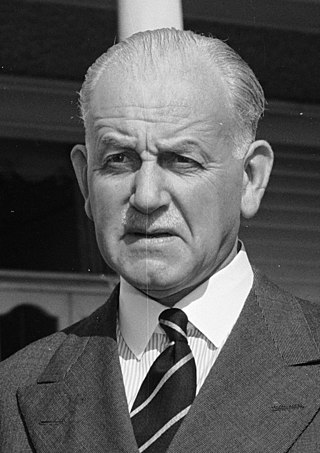
Lieutenant-General Charles Willoughby Moke Norrie, 1st Baron Norrie,, was a senior officer of the British Army who fought in both World Wars, following which he served terms as Governor of South Australia and the eighth Governor-General of New Zealand.

Marshal of the Royal Air Force Sir Edward Leonard Ellington, was a senior officer in the Royal Air Force. He served in the First World War as a staff officer and then as director-general of military aeronautics and subsequently as controller-general of equipment. In the inter-war years he held command positions in the Middle East, in India and then in Iraq. He served as Chief of the Air Staff in the mid-1930s and in that role he implemented a plan, known as 'Scheme F'. This scheme implemented an increase in the size of the Royal Air Force to 187 squadrons within three years to counter the threat from Hitler's Germany. He also broke up the command known as "Air Defence of Great Britain" to create RAF Fighter Command, RAF Bomber Command, RAF Coastal Command and RAF Training Command. He then served as Inspector-General of the RAF until his retirement in 1940.

Brigadier-General Sir Dalrymple Arbuthnot, 5th Baronet, CMG, DSO, JP was a British baronet and Army officer.

Field Marshal Allan Francis Harding, 1st Baron Harding of Petherton,, known as John Harding, was a senior British Army officer who fought in both the First World War and the Second World War, served in the Malayan Emergency, and later advised the British government on the response to the Mau Mau Uprising. He also served as Chief of the Imperial General Staff (CIGS), the professional head of the British Army, and was Governor of Cyprus from 1955 to 1957 during the Cyprus Emergency. In both Kenya and Cyprus his rule was controversial and authoritarian, based on persecutions and executions.

General Sir Ashton Gerard Oswald Mosley Mayne, was a senior British Indian Army officer active in both the First World War and Second World War, where he commanded Eastern Command, India.
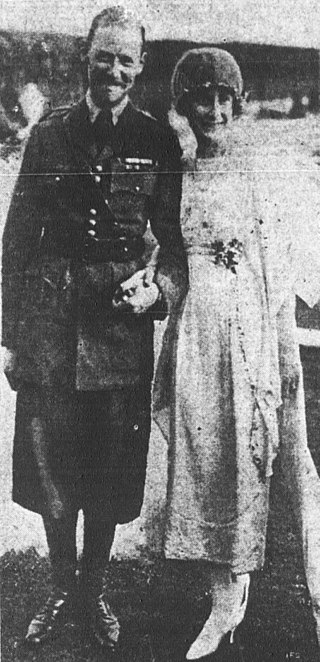
Major-General Sir John Charles Oakes Marriott, was a senior British Army officer who served during the First World War and again in the Second World War.
Major General Sir Rohan Delacombe, was a senior British Army officer. He was the last British Governor of Victoria, Australia from 1963 to 1974.
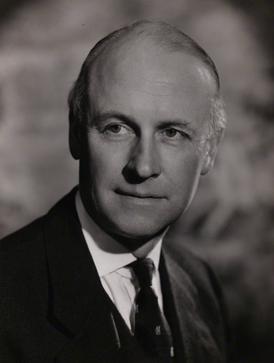
Lieutenant General Sir Ian Henry Freeland was a senior British Army officer, who served with distinction during World War II and most notably served as General Officer Commanding (GOC) and Director of Operations in security matters in Northern Ireland in the aftermath of rioting in 1969, and the beginning of the Troubles.
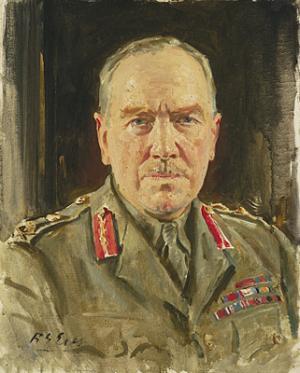
General Sir Robert Gordon-Finlayson was a senior British military officer who was appointed Adjutant-General to the Forces in 1939.

General Sir Geoffrey Richard Desmond Fitzpatrick, was a senior British Army officer who served as commander of the British Army of the Rhine and Deputy Supreme Allied Commander Europe. After his retirement from the army he was appointed Lieutenant Governor of Jersey and later held a ceremonial position in the Royal Household.
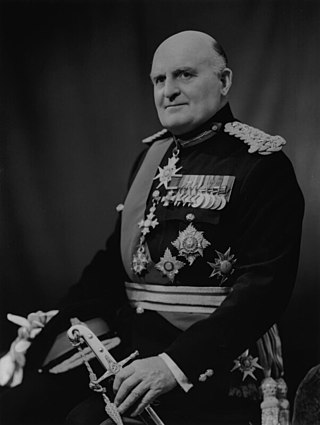
General Sir Horatius Murray, was a senior British Army officer who served with distinction during the Second World War and later in the Korean War.
Lieutenant General Sir Henry Beresford Dennitts Willcox KCIE CB DSO MC was a British Army officer who served during World War I and World War II.

General Sir Thomas Sheridan Riddell-Webster was Quartermaster-General to the Forces during the Second World War.
General Sir Thomas Cecil Hook Pearson, was a senior officer of the British Army who served as Commander-in-Chief of Allied Forces Northern Europe from 1972 to 1974. At the time of his death, he was the oldest living British full general.
General Sir Robert George Victor FitzGeorge-Balfour, was a senior officer in the British Army.
General Sir Charles Bonham-Carter, was a British Army officer and later Governor of Malta.

Ampton Hall is a Grade II-listed Jacobean style manor house in Ampton, Suffolk, England.
Lieutenant-General Sir Charles Alexander Campbell Godwin was a cavalry officer in the British Indian Army.
